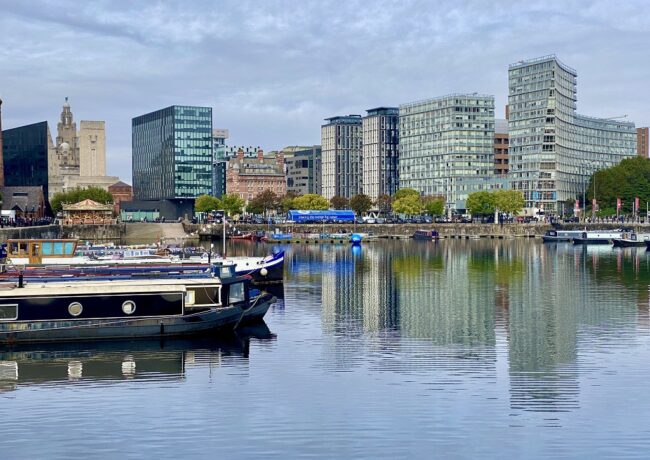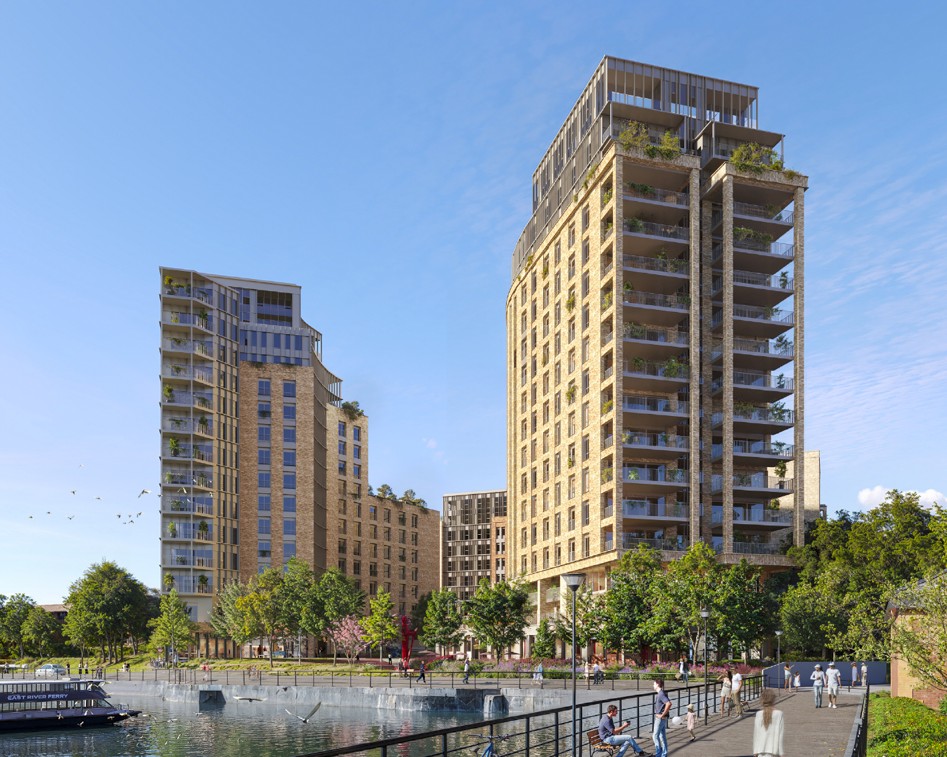Liverpool office take up at 51,600 sq ft for Q2
A stellar second quarter wasn’t enough to lift Liverpool’s office market from its doldrums, with take-up during the first half of the year down 27% compared to 2024.
In Q2, there was 51,600 sq ft of space transacted across 15 deals in the city, according to the latest research from agent CBRE. This represented a 116% increase over last year’s numbers. However, it was not enough to make up for a lacklustre Q1, where only 36,300 sq ft of space was taken up.
Approximately half of the Q2 take up came from one deal: Liverpool John Moores University’s move to City Square. The university signed a five-year lease for 25,400 sq ft at the Helix-owned building off Tithebarn Street.
There remains a considerable amount of available space in Liverpool, with 904,600 sq ft ready for tenants, according to CBRE. The overwhelming majority – 92% – of that is second-hand space rather than new-build.
Liverpool’s strong Q2 figures tracks with national statistics compiled by CBRE. They show that 20.3m sq ft was taken up in the quarter across the UK – this represents the highest rolling 12-month level since autumn 2022.
Taking London and the South East out of the mix and you can see an appetite for new offices. CBRE projects that there is 3.1m sq ft of office space under construction in the regions, of which 17% is pre-let or under offer.
Liverpool will be hoping to boost that pre-let number, as the city council’s much-anticipated Pall Mall is lined up for a 2026 construction start date.
The future is looking up for offices across the country, according to CBRE’s head of UK office research, Simon Brown.
“Our data shows us that in recent quarters, take-up has started to climb back above the 10-year average, which aligns to our view that occupiers are starting to take larger office footprints again,” he said.
“The UK office market is starting to show clear signs of normalisation after a period of relatively low demand. Driven by an increase in return-to-work mandates, we expect companies across the country to continue to acquire space to meet the demands of their growing workforces.”





Liverpool has lagged for 20 years in new office developments, which has crossed the city off the list of top ten destinations for new occupiers and relocations. Provide high quality work spaces with decent public realm, street cleaning and public transport with some decent hard selling and it can be turned around
By GetItBuilt!
Difficult to take up non-existent space. Negligent council with never ending empty promises.
By L17
Liverpool is more similar to Runcorn than Manchester. The lack of vision and ambition is depressing.
By Jack